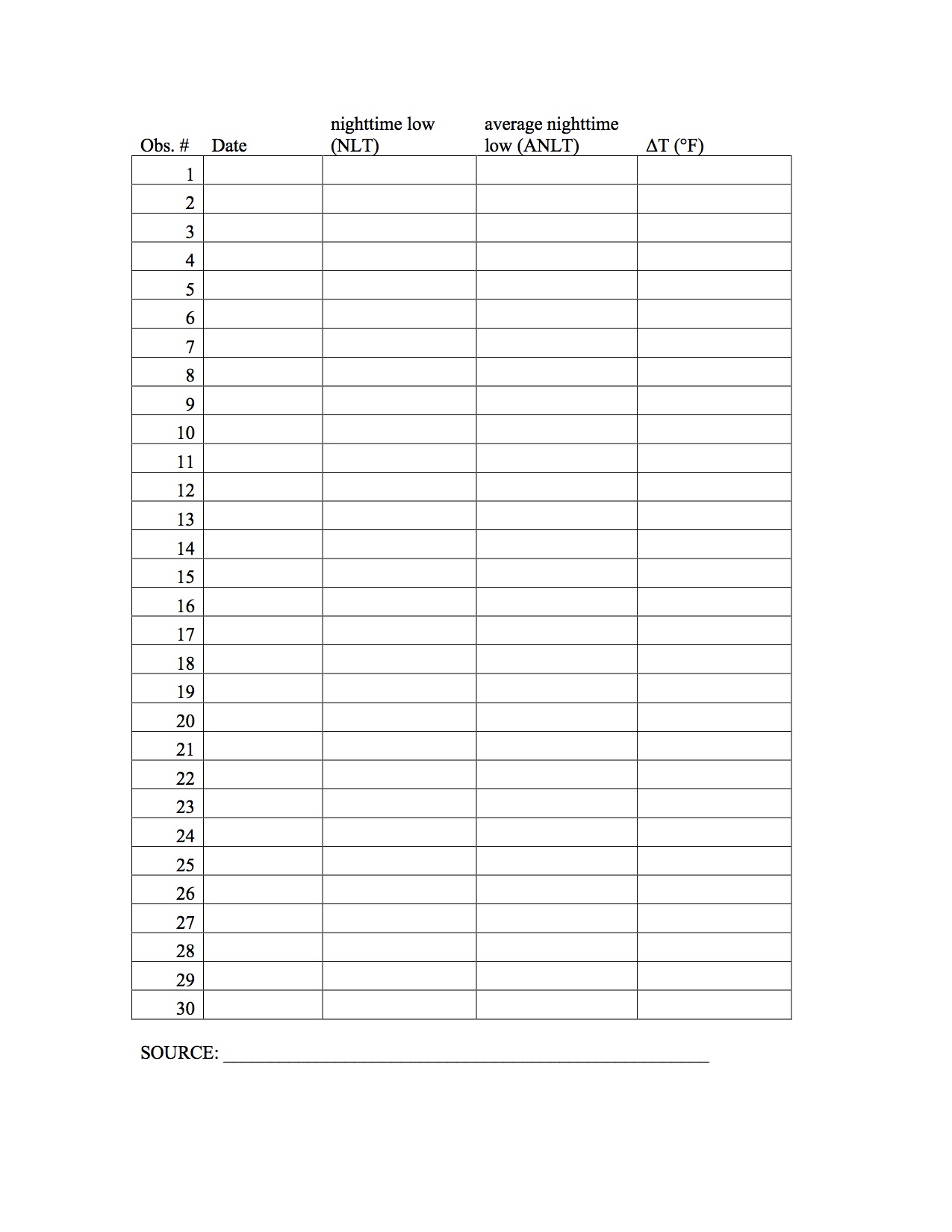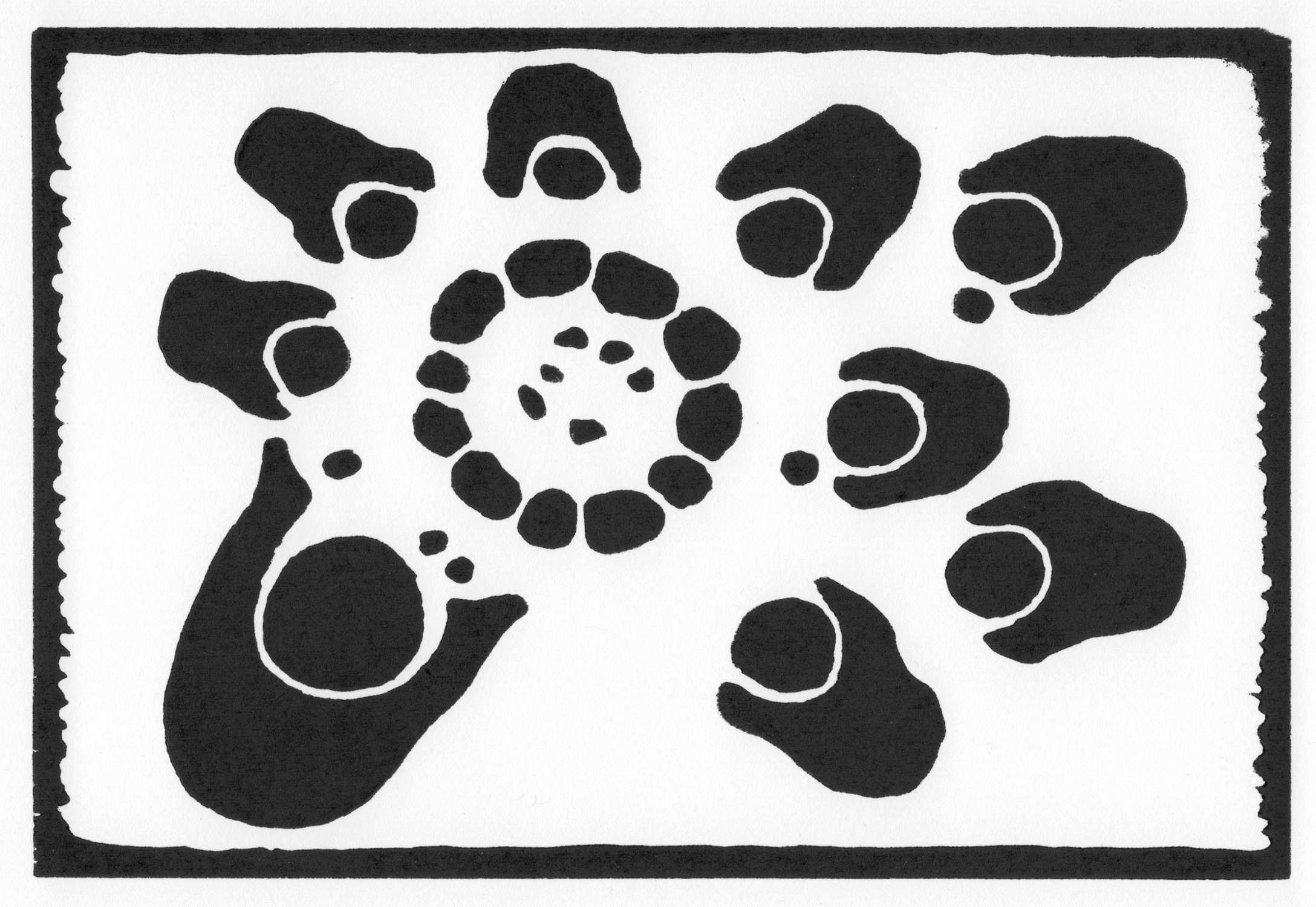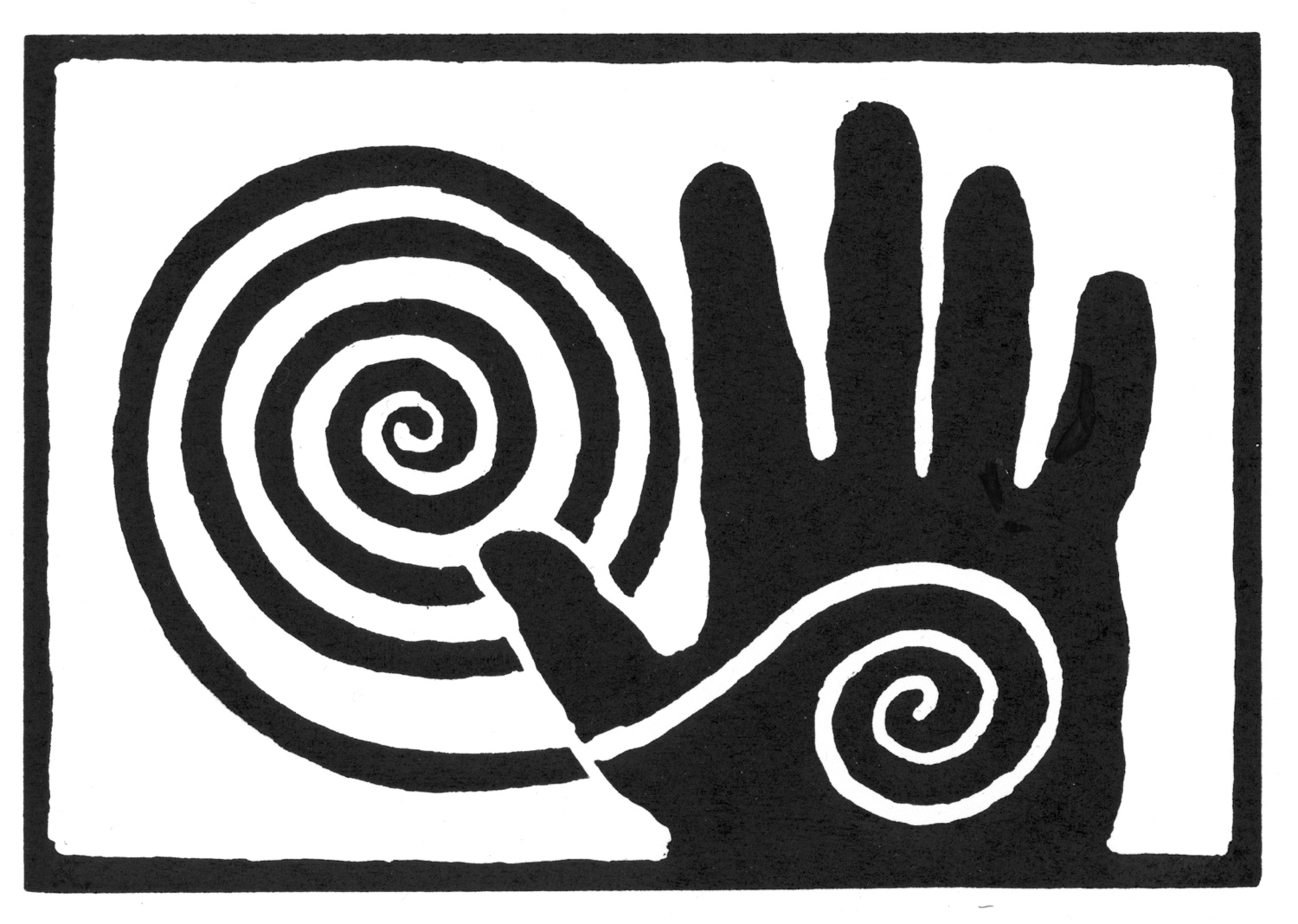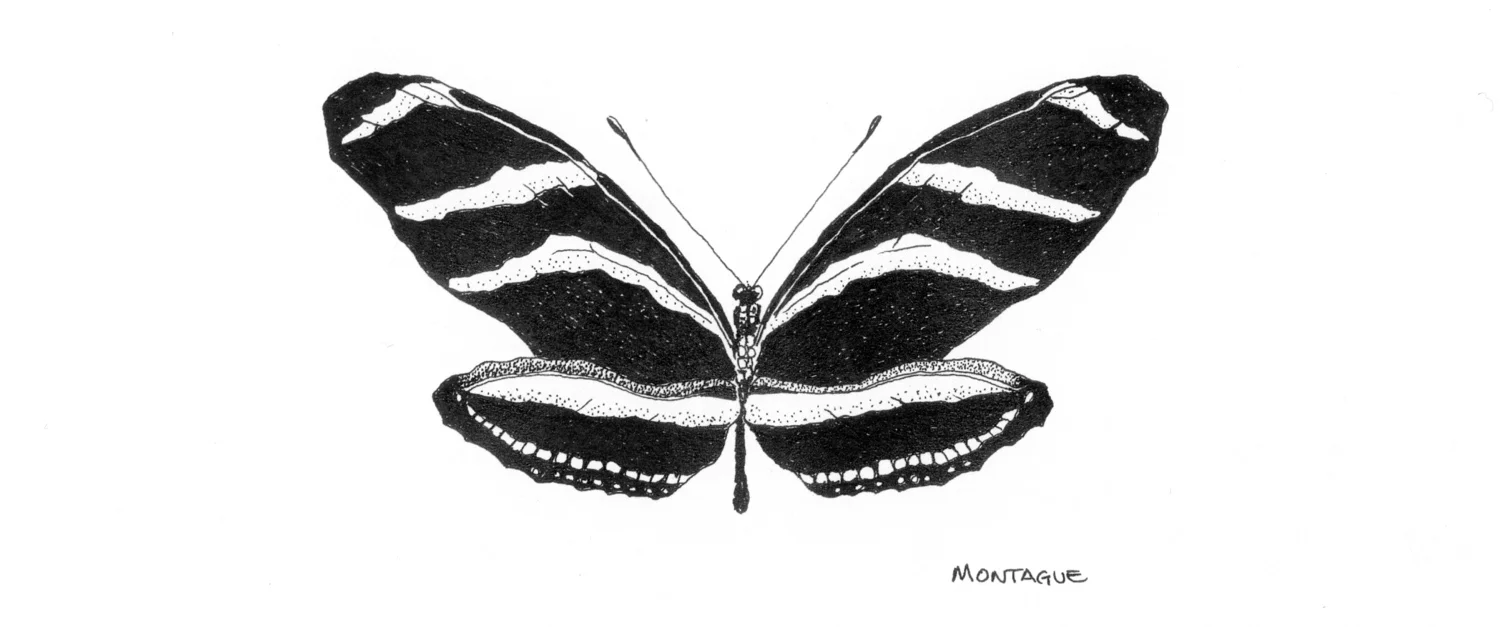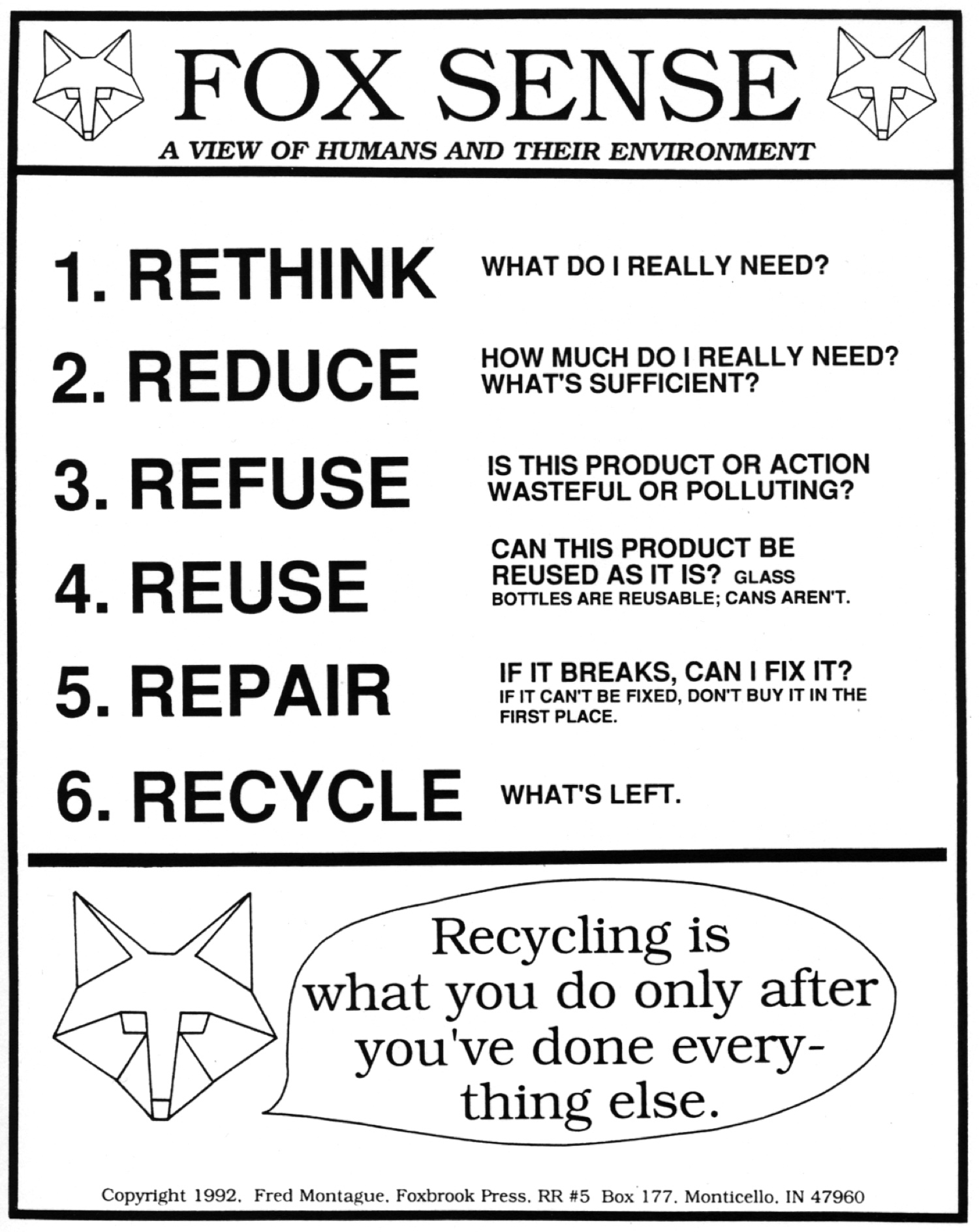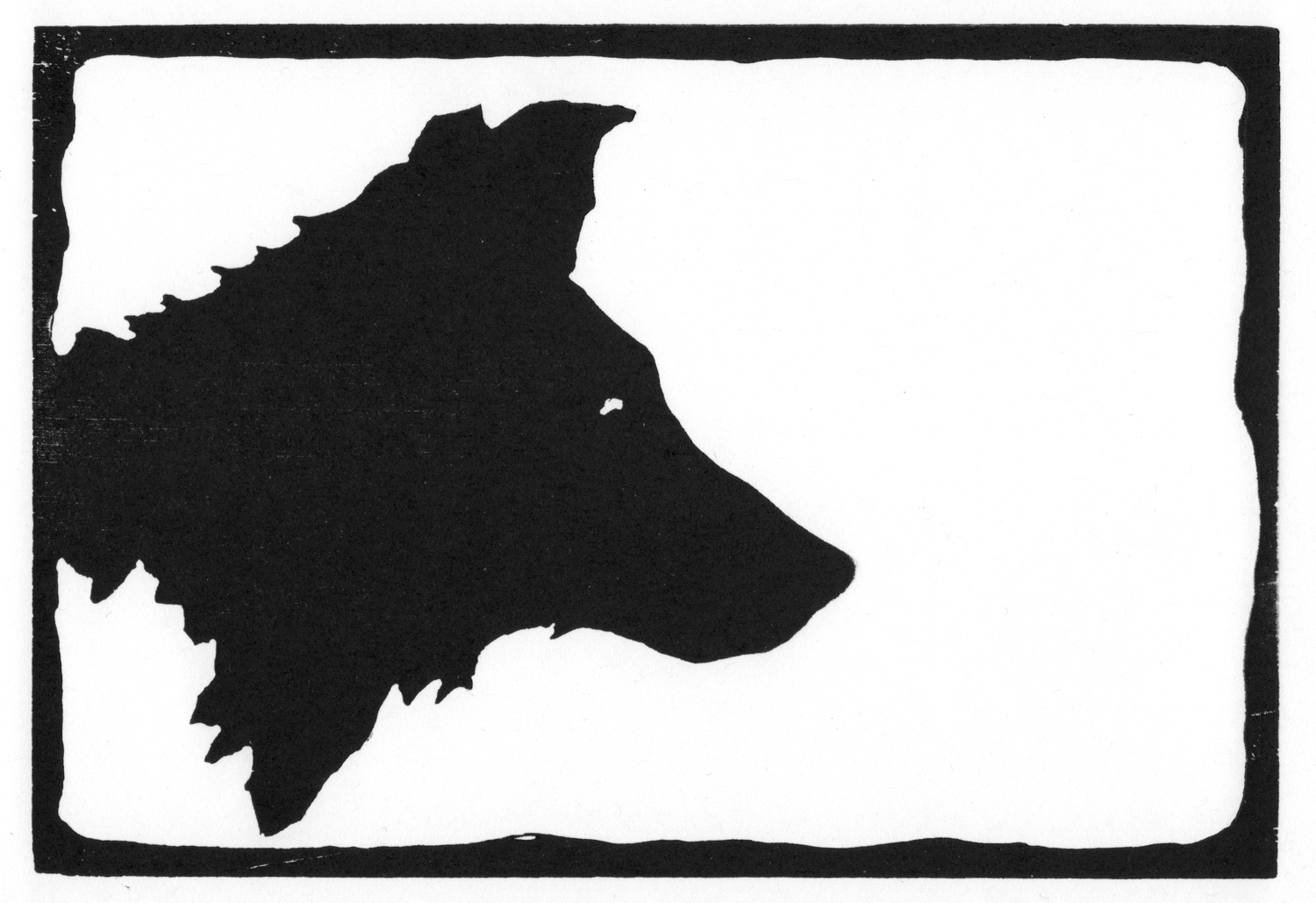GARDENS AND THE ENVIRONMENT
We face many difficult challenges. These include addressing our own activities that threaten climate stability, soil fertility, biological diversity, resource availability, and general environmental quality. In fundamental ways, our lives depend on rapid, responsible, and widespread solutions.
While we are waiting for the right leader or poem or song (or disaster) to motivate people to act, there are some things we can do as individuals, families, or small groups to begin. It seems logical to me that if our difficulties have arisen from many people engaged in (or tacitly promoting) unsustainable activities, then we could quickly turn things around if many people incorporated nature into their worldviews and nature-friendly activities into their lifestyles.
If you have a small space (e.g. a yard) or have a neighborhood that has some small spaces (churchyards, schoolyards, etc.), then you can begin today. You don't need a leader, an advanced degree, a government grant, or a permit. You simply need a shovel, a hoe, and a few packets of seeds.
A small garden provides multiple benefits to the gardener, the landscape, and the global environment. Gardens provide fresh, healthy, organic food for those who tend it and to those with whom they share. Gardens recycle unused nutrients from the kitchen, yard, and garden itself via the compost pile back into the next crop. In the process, organic matter accumulates and some carbon is removed from the atmosphere and stored in the ever-increasing fertility of the soil. In this way, food can be grown without synthetic fertilizers. With organic matter in the soil and mulch on top, moisture is conserved and efficiently used. As gardeners save seeds from their best vegetable plants and trade them with each other, plant diversity is maintained, and sometimes increased. Diverse organic gardens with food plants, flowers, grassy strips, little rock piles, and odd (weedy) corners provide habitat for beneficial insects, songbirds, and other animals the make the home site interesting and biologically functional. Furthermore, food produced in places where we have already displaced Nature helps to preserve the "real Nature" that still exists.
And, while we are tending the beets and the kale and contemplating the compost and the lilting morning song of the house wren, we may be able to think of additional approaches to living sustainably in a neighborhood on a finite planet.


